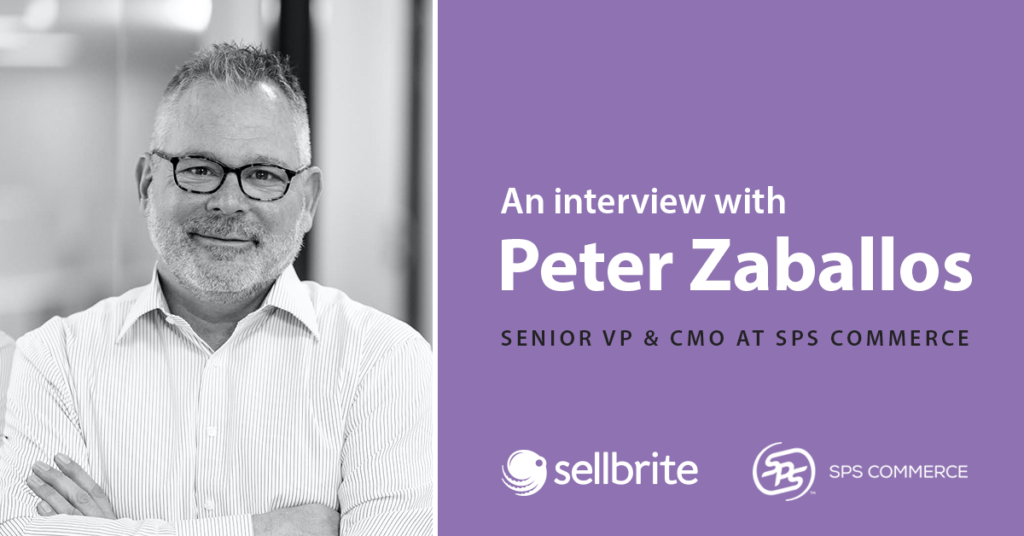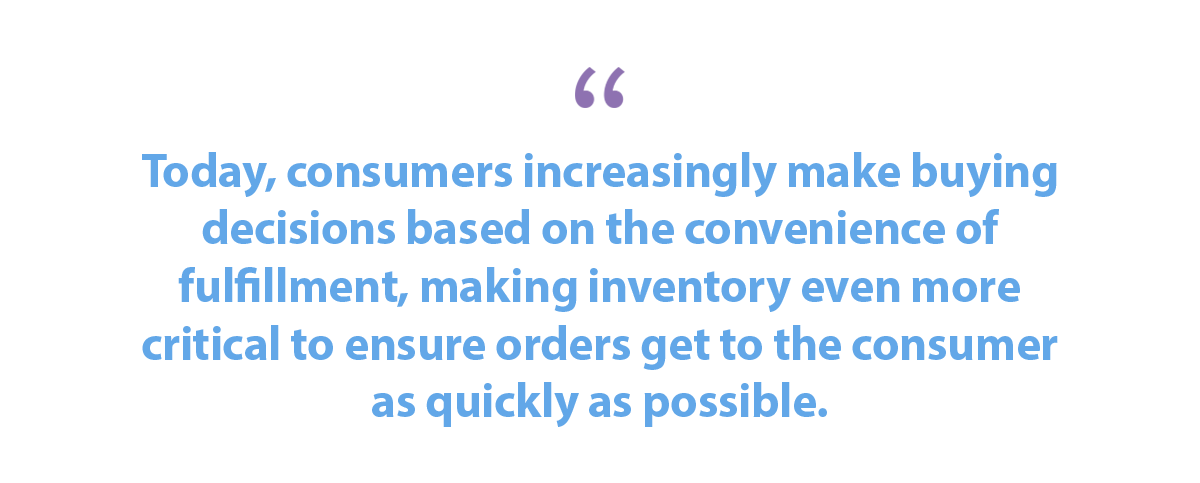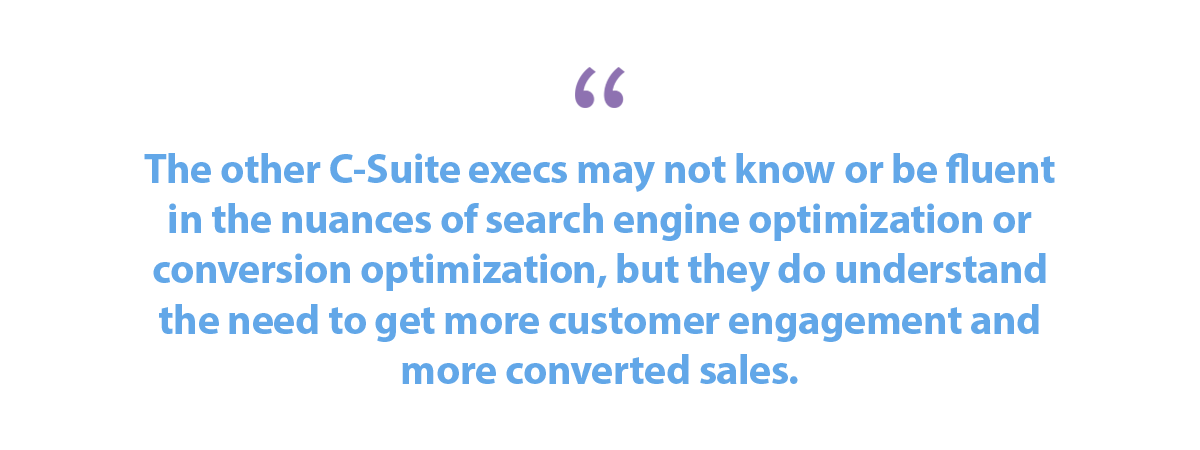At Sellbrite, we want to see ecommerce business owners and entrepreneurs everywhere succeed—that’s why we built our software, and that’s why we publish new content on this blog each week. Our goal is to provide our customers and readers — to provide you — with the tools, resources, and education needed to launch, manage, and scale successful ecommerce businesses.
This really is an exciting space to be in right now, but it can also be extremely challenging at times. There are more players on the field than ever before, and it’s not always easy to build customer loyalty, gain traction, and grow an ecommerce business. Thankfully, there are a lot of industry leaders in the traditional and digital space who are willing to spend time sharing their experience and insight freely in an effort to help other aspiring entrepreneurs succeed.
In an effort to help connect you with some of the value being offered by these influencers, we’re launching a Q&A-style blog post series that gives you direct access to some of the people who are building and managing successful businesses in the ecommerce space.
In our first interview for the series, we talked with Peter Zaballos, the Senior Vice President and Chief Marketing Officer at SPS Commerce. SPS Commerce is a cloud-based EDI solutions provider used by more than 65,000 retailers, suppliers and logistics firms everywhere.
To kick off the interview and provide some context, I wanted to dig into Peter’s background a bit more.
William Harris: You’re currently the CMO at SPS Commerce, but you’ve had one heck of a career. Would you mind telling us a little more about who you are and why you’re the retail expert we should all be following?
Peter Zaballos: I’ve been really lucky to have been in the right place at the right time – a number of times. I’ve worked at three companies who developed new technologies that created completely new categories in their markets. Technologies that enabled entirely new classes of products and capabilities – LSI Logic made this era of personal computing possible, C-Cube Microsystems enabled the transformation of television and films to digital, and RealNetworks enabled the delivery of audio and video over the internet.
Zaballos (cont.): This helped me become comfortable with big, audacious goals and put me in a position to work with some phenomenally talented colleagues. And I was fortunate to work with two former RealNetworks colleagues and a phenomenally talented former Microsoft VP of Marketing to form a venture capital firm that funded a number of “Category defining” companies, notably, DocuSign.
Digging into Retail Trends
There’s a big shift happening in retail right now. As part of this interview, I spent some time asking Peter about the latest headlines and how the retail industry as a whole is changing.
Harris: It seems like there’s a bankruptcy announcement every week about some giant retail brand going out of business. What do you think are the main reasons for this and how can other brands avoid this?
Zaballos: The emergence of the digital consumer has upended the retail landscape, creating a fundamental shift in how retailers cater to today’s savvy shoppers and how they manage the operational complexities that have become the norm. The industry has reached an inflection point in the expectations of consumers and how they want to interact with brands and retailers. Retailers must be prepared to adapt quickly and transform processes – mindful of emerging technologies, yet discerning about what works best for their unique customer.
Zaballos (cont.): The retailers that start looking beyond omnichannel retail and unify the technologies and people that support consumers’ shopping habits across many channels have a greater chance of succeeding.
Harris: Jim Frome, the COO of SPS Commerce, mentioned recently that dollar for dollar, offline sales are still growing more than online. Why do you think that is?
Zaballos: Throughout the industry and the news headlines, the truth is that brick and mortar stores are going through a profound transformation — and many are closing. While this may be a natural effect to the massive shift brought about by how all of us have changed our shopping habits to be much more mobile and digital — and the need to meet the needs of today’s digital shoppers, retailers might be going too far. I think the store has never been more important in retailing and it is a retailer’s biggest asset. It’s the role the store plays that is changing, and the change is pretty profound.
Zaballos (cont.): A lot of discovery of products and a lot of purchase intent is happening on your phone. When you get to a store, you’re generally showing up with a pretty clear idea of what you want or you might have already bought it and you’re showing up to the store to pick it up. Or you may go to the store to decide that you want to buy it and have it shipped to your home so you don’t have to transport it yourself. In either scenario, the physical store plays a role.
Zaballos (cont.): Ultimately, success lies somewhere in the middle between ecommerce and physical stores and retailers must find the right balance between their digital presence and brick-and-mortar stores to ensure unified retail success.
Why Retail Technology Matters
A strong technology stack is an essential part of being able to automate, scale, and compete in the ecommerce space today. As someone who has a career’s worth of experience developing technology to support retailers, I wanted to get Peter’s take on the importance of inventory management and EDI technology.
Harris: How should a retailer think differently about inventory management when incorporating both direct-to-consumer channels and big box retail distribution?
Zaballos: Today, consumers increasingly make buying decisions based on the convenience of fulfillment, making inventory even more critical to ensure orders get to the consumer as quickly as possible. The enterprise-sized retailers and suppliers who rely heavily on fulfillment can make use of an emerging class of unified retail systems, designed with modern cloud technologies that can manage where customer orders are in the purchasing process. This process will identify errors that have the potential to prevent timely delivery and identify opportunities to delight consumers.
Harris: Do you think EDI use will continue to grow, or will it shrink with so many big box stores closing their doors?
Zaballos: EDI and other technology that enables a more agile supply chain will continue to grow as the retail supply chain is very complicated with new delivery methods such as drop ship and Buy Online Pick Up in Store (BOPIS) and the need to engage customers across channels.
Retailers need to innovate beyond the early omnichannel technology approaches, which strived to simply coordinate discrete channel engagement strategies. Most are held back by traditional business structures and legacy technology systems that do not have the flexibility required to meet today’s retail requirements of orchestrating information and engagement across all channels.
A Few Final Questions
To wrap the interview up, I wanted to ask Peter about how he approaches his role at SPS Commerce in an effort to help other people who are moving into CMO roles. I also wanted to find out how he likes to spend his time outside of work—it’s a question I like to ask every entrepreneur I meet.
Harris: The CMO has to talk about a lot of technical information that other execs may not be familiar with, so how does the CMO communicate what’s necessary, while making sure it doesn’t go over their heads? I’d love to know how you “sell” technical information to the rest of the c-suite. I can see other c-suite members eyes glossing over as the CMO talks about retail trends and EDI and the details of it all.
Zaballos: Like all effective communication, you need to focus on your audience. Today’s CMOs need to communicate first and foremost about business value and how to achieve it. The other C-Suite execs may not know or be fluent in the nuances of search engine optimization or conversion optimization, but they do understand the need to get more customer engagement and more converted sales.
Zaballos (cont.): Marketing has never been more technologically driven and drive-able, but all that technology is only there to deliver more customers and more revenue, efficiently. So while my colleagues don’t need to know how the technology works, they do need to know and care about the business value and business orchestration that goes into customer acquisition and customer adoption of our products.
Harris: What do you do for fun? Besides getting interviewed by hungry young entrepreneurs?
Zaballos: Actually, one of the most enjoyable places I spend my time is helping entrepreneurs get their companies off the ground. I love connecting them to people I know who could help them. My partners and I at the venture capital firm realized early on that since we would only fund one 1 out of every 100 companies who pitched us, that we would “build our brand” by getting really good and really constructive at saying “no.” So we strived to “give more than we took” when we met with founders and I’ve carried that over to my life and career, post VC.
When I’m at home I like to spend time riding my bikes, reading lots of books, cooking (we live in a small farm town – the closest Thai or Indian restaurant is an hour’s drive away, so I’ve gotten good at making all kinds of food) and tending to our bees. I started beekeeping about ten years ago and it is super relaxing. And everyone asks – I’ve been stung exactly five times over ten years.
Harris: OK, final question—If you were going to start a retail store tomorrow, where would you start? Online, offline, both right away?
Zaballos: I believe success lies at the intersection of ecommerce and brick and mortar. In today’s retail environment, retailers that don’t offer the best of both physical stores and online shopping, which includes fast, free shipping and other delivery methods such as BOPIS, will lose while those who do will thrive.
Wrapping Up
What questions do you have for Peter or for me? Leave them in the comments below and I’ll do my best to follow-up. Are you a retail influencer? I’d love to chat with you — just drop me a comment and I’ll get in touch with you.





